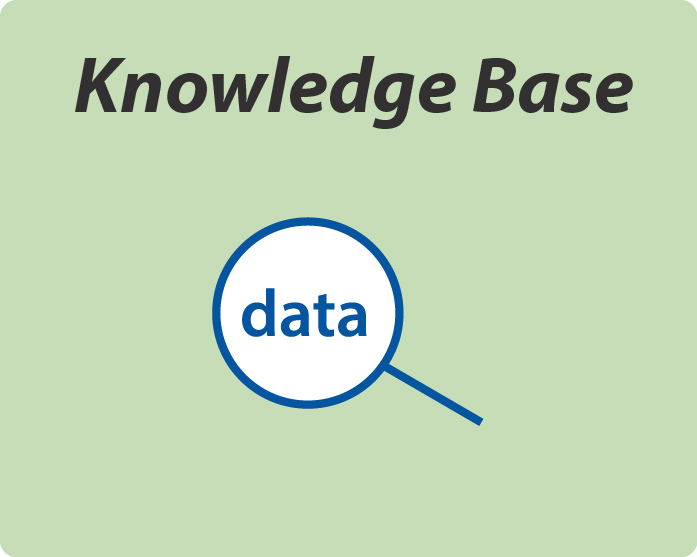Knowledge Base
 At term the extensive experimental data collected and structured by NanoFASE will be rendered FAIR: Findable, Accessible, Interoperable, and Re-usable, across Europe and beyond. This implies both project-based efforts and participation in European or EU-US Communities of Research joint initiatives, such as EUON or the CEINT NanoInformatics Knowledge Commons (NIKC).
At term the extensive experimental data collected and structured by NanoFASE will be rendered FAIR: Findable, Accessible, Interoperable, and Re-usable, across Europe and beyond. This implies both project-based efforts and participation in European or EU-US Communities of Research joint initiatives, such as EUON or the CEINT NanoInformatics Knowledge Commons (NIKC).
Learn about NanoFASE contributions to European nanosafety harmonisation and the European Union Observatory on Nanomaterials (EUON).
The NanoFASE knowledge base embraces metadata, ontology and terminology, as well as experimental protocols and procedures.
Metadata
NanoFASE uses the Biomax platform for project traceability, managing nanomaterials stock, orders and data. The project used industry-produced nanomaterials for realism, and bespoke synthesized particles suitable for more controlled experiments. All the studies undertaken across the empirical work packages produce data to parameterise the NanoFASE fate and exposure models. Partners used the NanoFASE-tailored Biomax platform to order the nanomaterials needed for their experiments. Material Safety Data Sheets, shipping and characterization data are all present in our Biomax portal for download. Templates were generated for data capture to facilitate the upload and preservation of all experimental data.
Through this centralized platform all NanoFASE partners are aware of which NMs are being used in which experiments across the consortium. University of Birmingham collaborated with the empirical work packages to enlarge the characterization templates, assembling descriptions and state-of-the-art images of pristine particles, as well as the protocols for how the data was generated. Together, these are intended to provide a resource capturing the great diversity of distinct information produced by our complex multimedia studies and to feed the modelling tools.
Ontology and terminology
NanoFASE’s interdisciplinary approach to the science behind understanding the environmental fate of engineered nanomaterials highlights the need for meta-level integration of terminology and data. Technical words may have multiple meanings and a lack of harmonisation between scientific disciplines or even between projects can hinder the transfer of ideas between fields and potentially limit the efficient linkage and enhancement of data and knowledge. This issue has been addressed by e.g. eNanoMapper and the Bioportal by building a shared ontology of relevant terms. The NanoFASE Clickable Framework itself contextualizes important terms and concepts, improving access by making them easily searchable and cross-referenced throughout the website.
Up to now such ontological efforts within nano environment/health/safety research have mainly focused on the toxicological and material sciences fields. NanoFASE has worked closely with the US Center for the Environmental Implications of NanoTechnology (CEINT) to build the extra terminology for referencing the different issues and processes relevant to the environmental fate and transformation science we have done. This work will provide an exemplar and a template for the terminology used in future nano projects dealing with environmental fate and uptake.
Data capture templates
NanoFASE has cooperated closely with the CEINT NanoInformatics Knowledge Commons (NIKC) initiative. The NIKC is a custom cyberinfrastructure consisting of a data repository and associated analytical tools developed to visualize and interrogate integrated datasets. NanoFASE and other NanoSafety Cluster projects have demonstrated the capacity for global data entry to NIKC, expanded to include exposure related studies, and specifically exposure across the nano-enabled product value chain.
NanoFASE mesocosm-generated datasets were deposited into the NIKC as a pilot project with a view to expanding these efforts to other studies carried out as part of NanoFASE. The efforts were accelerated through the development of data templates and curation of datasets in collaboration with the NanoCommons project, as well as several training seminars for NanoFASE researchers on data entry, led by CEINT (Duke University) and University of Birmingham. NanoFASE is working to ensure that this part of its legacy remains available to the field in the future, by collaborating closely with the NanoCommons e-infrastructure.
The data capture template used by NanoFASE is presented* with instructions in the form of two tutorials. One is a visual/graphical manual, and the second is a text-based manual that contains all the analytical details of the process. The template and manuals were produced in a close transatlantic collaboration with CEINT at Duke University and drafted by Team Helium. The Summer 2019 version of each tutorial may be updated and refined going forward and will be uploaded to the NanoSafety Cluster website. The template and tutorials are intended to serve the entire nano environmental health and safety community worldwide.
Contact
 Anastasios (Tassos) Papadiamantis
Anastasios (Tassos) Papadiamantis
 Iseult Lynch
Iseult Lynch
Email: i.lynch@bham.ac.uk
